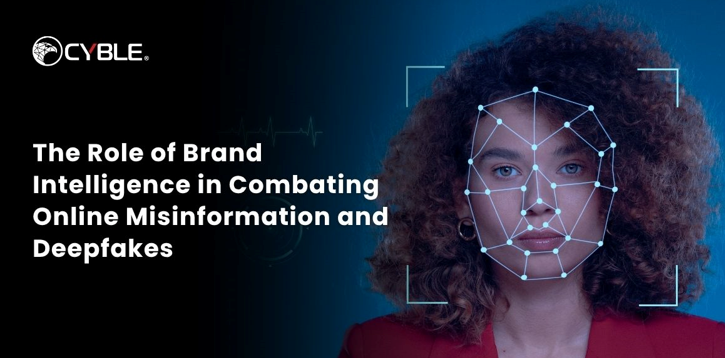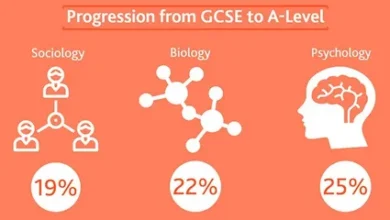The Role of Brand Intelligence in Combating Online Misinformation and Deepfakes

The term misinformation refers to the dissemination of incorrect or distorted information, while deepfakes are artificial intelligence (AI)-created media that alter images, videos, or sounds to produce misleading content. The presence of these two phenomena has increased with the technological progress, which has consequently made it more difficult to tell apart real and fake content.
A good example of this is deepfake videos which can make it seem like the company’s top executives are saying something outrageous and thus causing harm to the company’s image. Likewise, false narrative created by misinformation can spread out there making it very hard for people to trust and stay loyal to the brand.
With the utilization of the latest technology, organizations are able to understand the perception of their brand and carry out preventive actions to solve the problems that are coming up. Here is where brand monitoring and protection come into play as a tool that is vital in spotting and reducing these risks.
Brand protection is a combination of approaches and resources that are meant to prevent the brand’s good name and its intellectual property from being exploited. The list of such actions includes keeping an eye on all the digital platforms to find out any unauthorized use of the brand assets, spotting the counterfeit products and taking care of the cases of brand impersonation.
For example, a financial institution detected a deepfake video of its chief executive officer making deceptive claims about the performance of a public company. Leveraging brand intelligence tools, the organization was able to identify the origin of the video and make a public correction fast enough to avert any stock market fluctuations.
Without sufficient brand protection tools, a company may also face threats such as phishing scams, fake websites, and misuse of trademarks. These threats can lead to losses in profit, legal fees, as well as financial impacts that could take a long time to rebuild brand equity.
Using Brand Protection to Fight Misinformation and Deepfakes
Brand intelligence and protection are crucial in identifying and eliminating the risks of misinformation and deepfakes. Here’s how:
- Monitoring Digital Platforms: Brand intelligence platforms will consistently monitor social media, websites, and all other digital spaces for evidence of the brand. This allows a company to identify possible threats in real-time and respond accordingly.
- Sentiment Analysis: By analyzing online conversations within social media and other forums or platforms, the brand can determine public sentiment and areas where misinformation may be shaping consumer perspectives.
- Deepfake Detection: Advanced media content algorithms can scan for indicators of manipulated media, such as difference in facial expression skin wrinkles, or discrepancies in audio, to help identify deepfake media content.
- Rapid Response Mechanisms: Once a threat is identified, brand intelligence platforms can support rapid actions, such as takedown requests, or issuing a public statement to stop the spread of misinformation.
Artificial Intelligence (AI) improves brand intelligence and brand safety by automating the detection process of threats and analyzing large data sets for patterns that suggest misinformation or deepfakes. AI tools can identify inconsistencies in content, monitor false narratives as they spread and proactively assess the state of the brand’s reputation.
For instance, AI algorithms can analyze video for inconsistencies in lighting, shadows, or facial movements, all of which may be indicative of deepfake technology. Similarly, AI can review the massive amounts of data related to social media posts to recognize emerging or existing misinformation trends and then estimate its impact on the brand.
Incorporating Brand Intelligence Strategies
To efficiently fight against misinformation and deepfakes, firms should take into account the following measures:
- Brand Intelligence Tools Purchase: Choose tools that have full-scale surveillance, sentiment analysis, and deepfake detection features.
- Crisis Management Plan Creation: Set up response protocols for threats that have been recognized, including communication strategies and legal matters.
- Stakeholders’ Awareness: Teach staff, allies, and influencers the ways to identify and report possible misinformation or deepfake materials.
- Partnership with Platforms: Hold hands with social media and content distribution platforms to make sure that harmful content is quickly removed and that the right info is effectively distributed.
Conclusion
Misinformation and deepfakes can happen quickly and spread rapidly, often before a brand is even aware it happened. Brand intelligence can help brands identify these risks early, understand what impact they can have, and act quickly to maintain protection of the brand. Companies, such as Cyble, offer brand intelligence and protection options to allow brands to respond quickly against brand impersonation, phishing, and bad content by actually enabling brand security representatives to rapidly take action with the context. Leveraging AI in Cybersecurity, this creates a working strategy for a brand to preserve trust, credibility, and effective outcomes to solving for threats..
Investing in brand intelligence deepfake monitoring and detection, specifically AI-derived analysis, and proactive strategies to monitor and deal with misinformation can lead to brands staying ahead of the brand risk posed by deepfake linked attacks and campaigns. By being vigilant with their strategies, accompanied by smart tools to manage brand threats, businesses can protect their reputation and enhance brand safety measures for misinformation campaigns, while preserving the confidence of, and trust from, their audiences.


